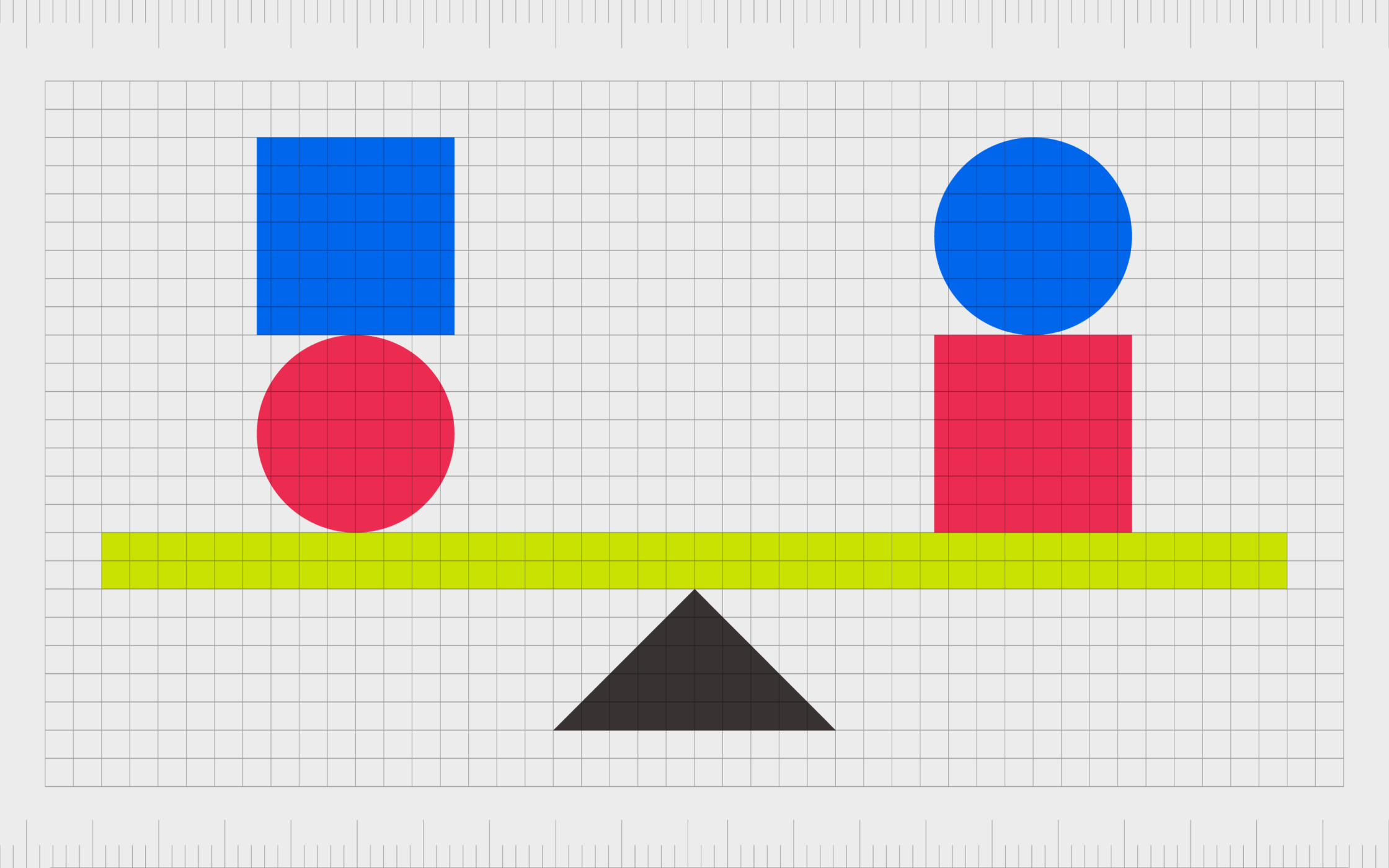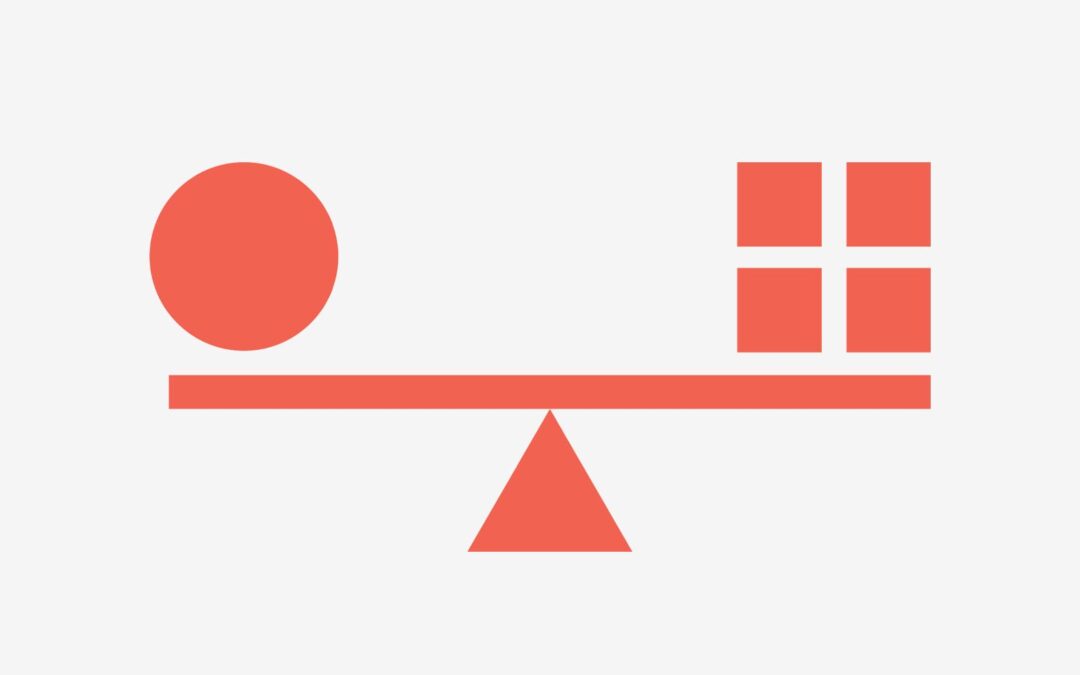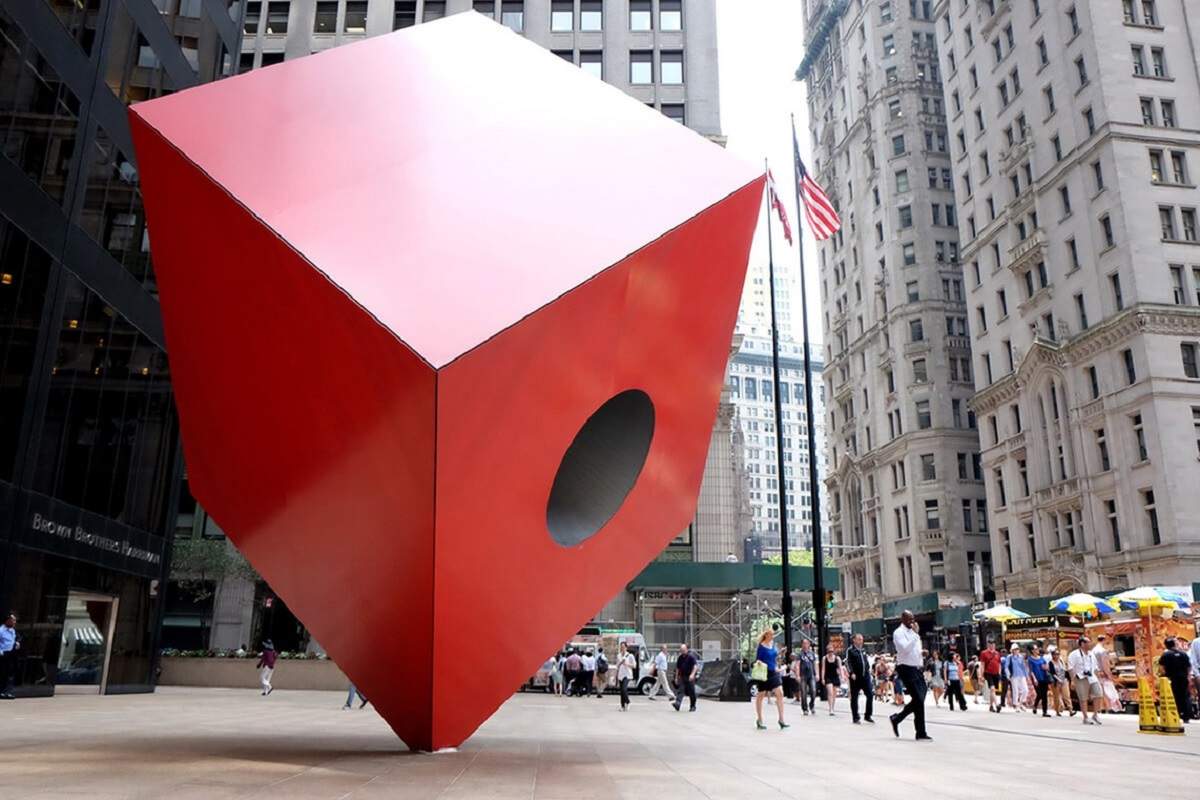
Types of Balance Art Lesson Create Art with ME
The design principle of balance is the issue of visual "weight.". Compositional balance is achieved when these competing visual weights are roughly equivalent. The "job" of balance in a work of art is to lead a person's eye around a two-dimensional or three-dimensional work of art. There are three basic types of balance.

Balance Principles of art, Principles of design, Balance design
Balance in design refers to an even distribution of visual weight. A lack of balance can lead to visual tension, which can make or break a design. Balance can be achieved with symmetric, asymmetric, radial, or mosaic approaches. Introduction to Balance. The word "balance" is used in many different contexts.

Visual Art I Danny Freeman Central School
New Balance debuted in the 990v6 as its latest entry in the fabled 990 series back in 2022. Leading up to this eventual release, New Balance MADE in USA leader Teddy Santis was the first person to.
Design 101 Asymmetrical and Symmetrical Balance
1 Understand your users and their context. The first step to balance user needs and business goals is to understand who your users are, what they want, and how they use your product or service.
/rocks-balancing-on-driftwood--sea-in-background-153081592-591bbc3f5f9b58f4c0b7bb16.jpg)
Balance Basic Principles of Design
What is the principle of balance in design? Balance in design covers how elements are weighted against each other on different sides of a design to create cohesiveness, completion, and satisfaction. Your composition should be balanced vertically, horizontally, diagonally, or background versus foreground.

Balance in Composition How to Balance Design?
Let's get back to the basics with Principles of Design. Sometimes revisiting our foundation in art can help push our work that much closer to the level we ar.

What Is Balance In Graphic Design? The Balance Principle Of Design
Balance in design is the distribution of elements of the design. Balance is a visual interpretation of gravity in the design. Large, dense elements appear to be heavier while smaller elements appear to be lighter. You can balance designs in three ways: symmetrical balance asymmetrical balance discordant or off-balance Dimitri Otis / Getty Images

BALANCE A design principle that addresses the equal distribution of
There are a number of techniques you can use to create a sense of balance in your designs. Color: Brighter colors have more visual weight than neutral tones. Value: Like color, value can communicate visual weight. The lighter the shade, the less visual weight it carries; conversely, darker colors are heavier. Shape: "Harder" shapes like.

Attaining Good Balance in Graphic Design J&M Marketing Blog
13. Focus on emotion - the pleasure of use is as vital as ease of use; arouse users' passion for increasing engagement. 14. Use "less is more" - make everything count in the design. If functional and aesthetic elements don't add to the user experience, forget them. 15.

Types of Balance Art Lesson Create Art with ME
The 7 principles of design and how to use them. The principles of design are the rules a designer must follow to create an effective and attractive composition. The fundamental principles of design are: Emphasis, Balance and Alignment, Contrast, Repetition, Proportion, Movement and White Space. Design differs from art in that it has to have a.

Asymmetrical Balance Art Asymmetrical Balance Principles Of Art
1. Using color to create visual balance 2. Using size to create balance in design 3. Using shapes to create balance in design 4. Using textures to create balance in design 5. Using the position of elements to create balance in design Create Visually Balanced Designs for Your Brand's Marketing With Kimp Brushing Up the Basics

Balance Principle of Design Why Balance In Design Is So Important Kimp
An off-balance effect, also known as discordant balance, is achieved when a design or image has visual appeal without balance. Unbalanced and asymmetrically balanced might sound like the same thing but they are not. While asymmetrical balance merely shifts the perspective in an image, off-balanced designs create a feeling of unrest.

Principles of Design Balance YouTube
Balance, as a design principle, refers to the distribution of the visual weight of elements in a composition. Balance makes the elements in a design look equally weighted evoking a sense of equilibrium. However, it does not mean that the weight of every element must also be equal.

Balance in Art Definition, Examples and Why It Is Important Widewalls
What exactly is balance in design? It is the careful distribution of visual weight in your website design, logos, blog images, and many other design assets. Balance has to be visible in your images, colors, texture, and space to give it stability and order. It is what gives design life, excitement, and appeal.

A Brief Guide to Balance — A Design Principle Venngage
A Brief Guide to Balance — A Design Principle By Jennifer Gaskin, Aug 11, 2022 One of the great artists of the 20th century, Andrew Wyeth, once said, "It's all in how you arrange the thing… the careful balance of the design is the motion." Wyeth was a master of the design principle balance.

Principle of Design Balance Principles of design, Geometric poster
Balance in principles of design refers to the act of distributing the visual elements in a way that makes the design or piece of art seem cohesive. As humans, our minds are better suited to follow order, both visually and otherwise.